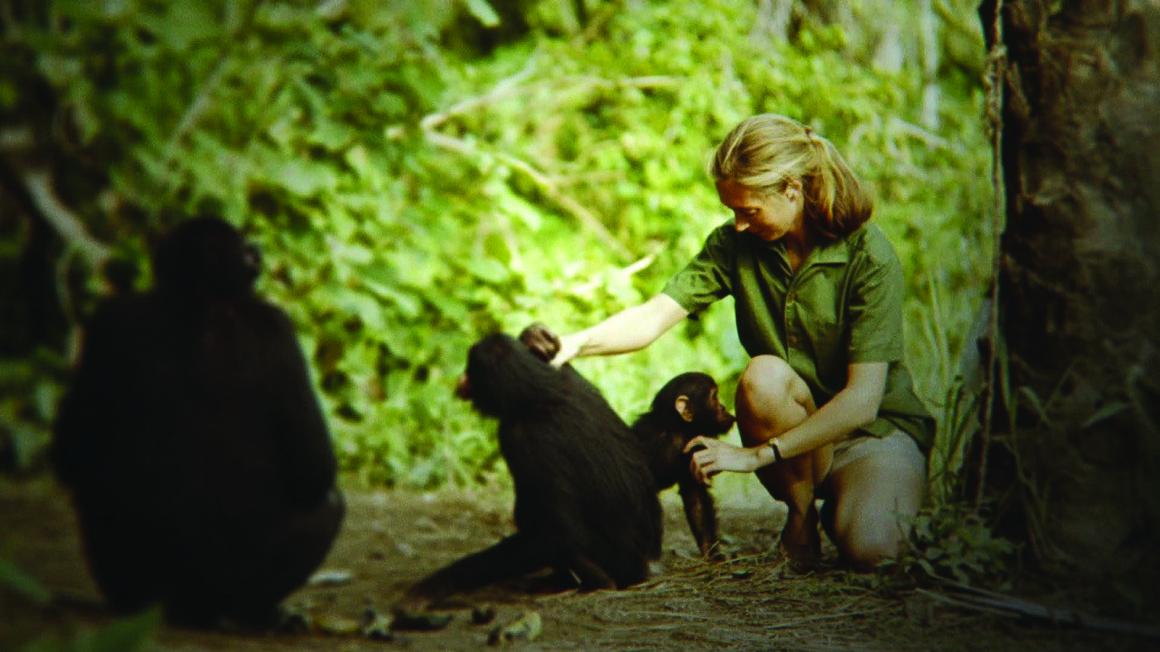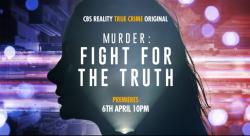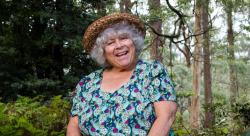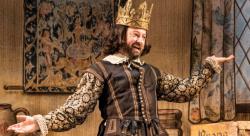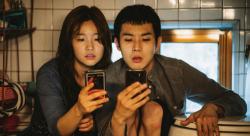Written by Jason Solomans
Extraordinary footage only recently discovered in the National Geographic vaults has enabled the verdant splendour of this new documentary about ape activist Jane Goodall.
She stars in her own wonderful adventure, put together by director Brett Morgen (who did such a good job of the rambunctious Hollywood doc The Kid Stays in the Picture that it was turned into a play recently). Jane is a far less flamboyant affair, but casts Goodall as her own jungle hero, the Tarzan figure of her own childhood dreams while climbing trees in her Bournemouth garden.
Initially a secretary, she sets forth in her khaki shorts and ponytail to observe the apes in Gombe, Tanzania, and after a long time in the jungle with binoculars finally observes a breakthrough when she spots the chimps fashioning tools out of twigs to dig termites out of the trunks and mounds. The ‘object modification’ was a truly groundbreaking discovery that shocked the world when she telegrammed it through.
It changed the definition of man for many and resulted in some objectification of its own as the press frothed about this ‘comely’ Miss, who was ‘pert’ and ‘beautiful’.
Indeed, Jane is striking – her eyes green, her lips red as she gazes at the chimps amid the lush foliage. ‘I was sure a thinking, reasoning, personality stared back at me,’ she remarks in voice-over.
But this isn’t just a story of Jungle Jane – it’s a story about a woman’s ambition and career. She is initially lumbered with derring-do wildlife photographer Hugo van Lawick and says she didn’t want anyone joining her in her paradise. And he smoked, which she really didn’t like. But it became clear
as they worked together, she says, ‘that I was a subject of interest as much as the chimps’.
Which is why there is so much beauty in the shots of Jane, which Morgen stitches together to whittle out his story, set soaring by a Philip Glass score. Jane gives birth to her son Grub almost at the same time as one of ‘her’ wild chimps, Flo, gives birth to a baby they name Flint, and Jane admits she learns more about a mother’s love from the ape than any modish childcare manual of the era.
The pressures of human life take a toll and the family become fractured by the demands of Hugo’s job. He goes off to the Serengeti to shoot other animals and becomes one of the great wildlife photographers – the shots of wildebeest and lions and the migration at sunset still rank as stunning, even in this age of nature doc saturation.
But it’s Jane and her chimps – her true loves – who fascinate most, with thrilling proximity they share a source of drama, particularly when the chimps become ill or start their own turf war.
‘I thought the animals were nicer than us and it took time for me to come to terms with the brutality they could show each other,’ she says. ‘The dark and evil of human nature is buried deep in our genes, and we have surely inherited it from apes.’ Amazing.



